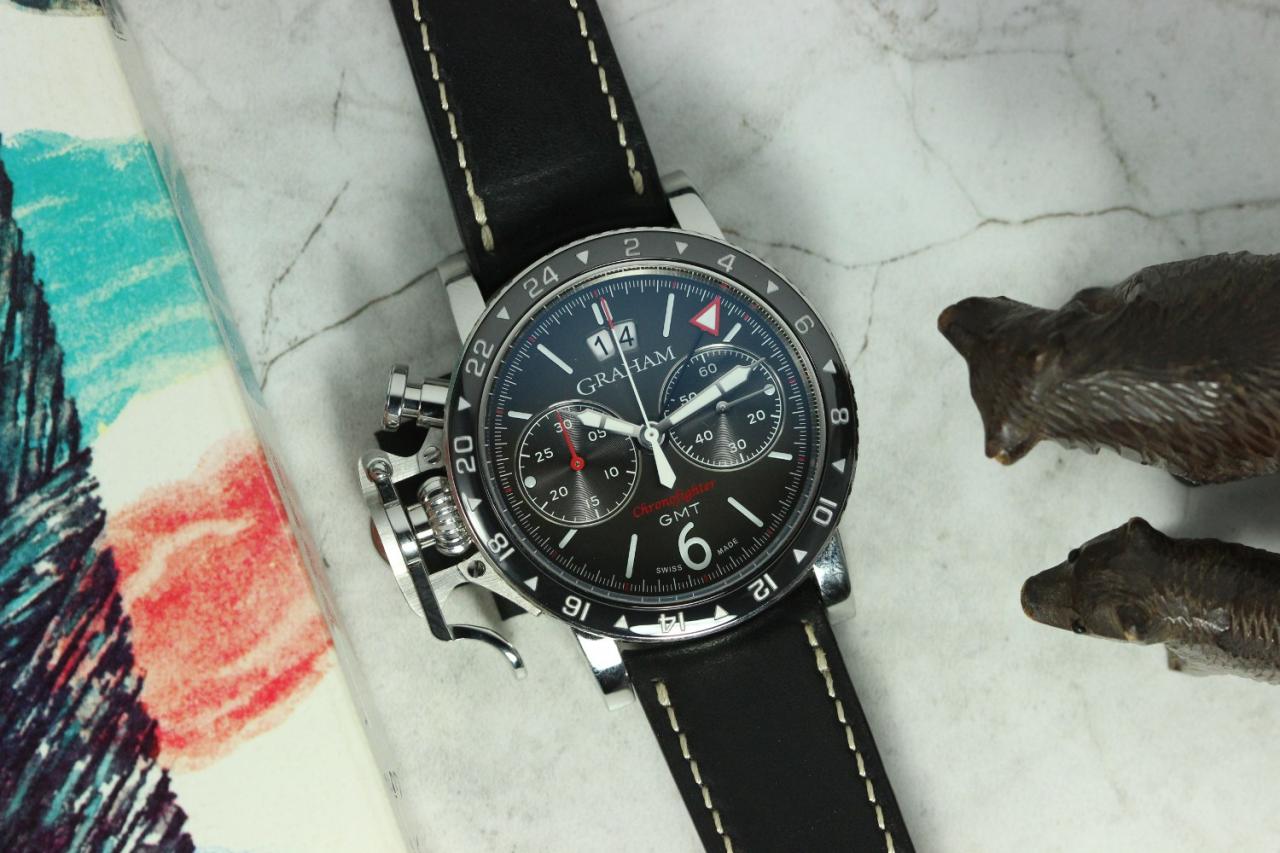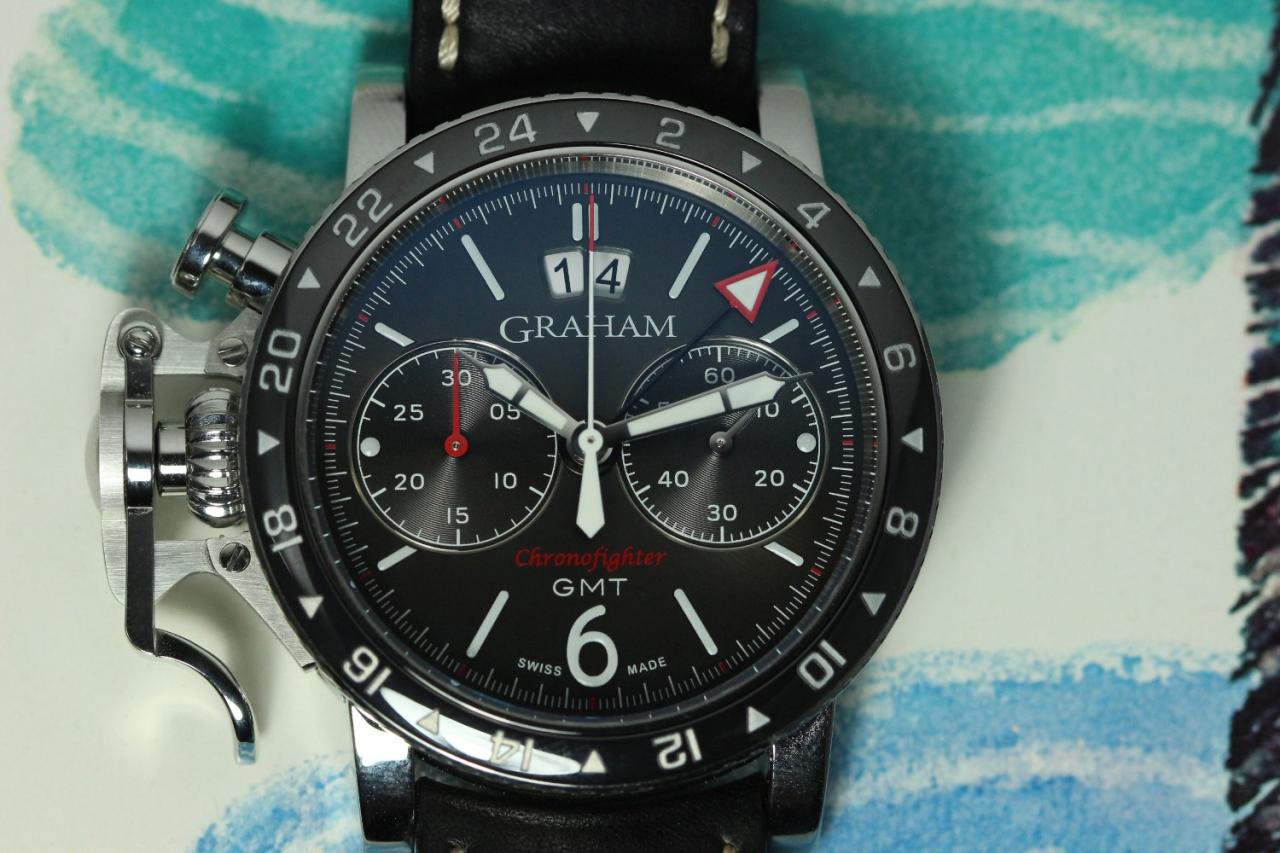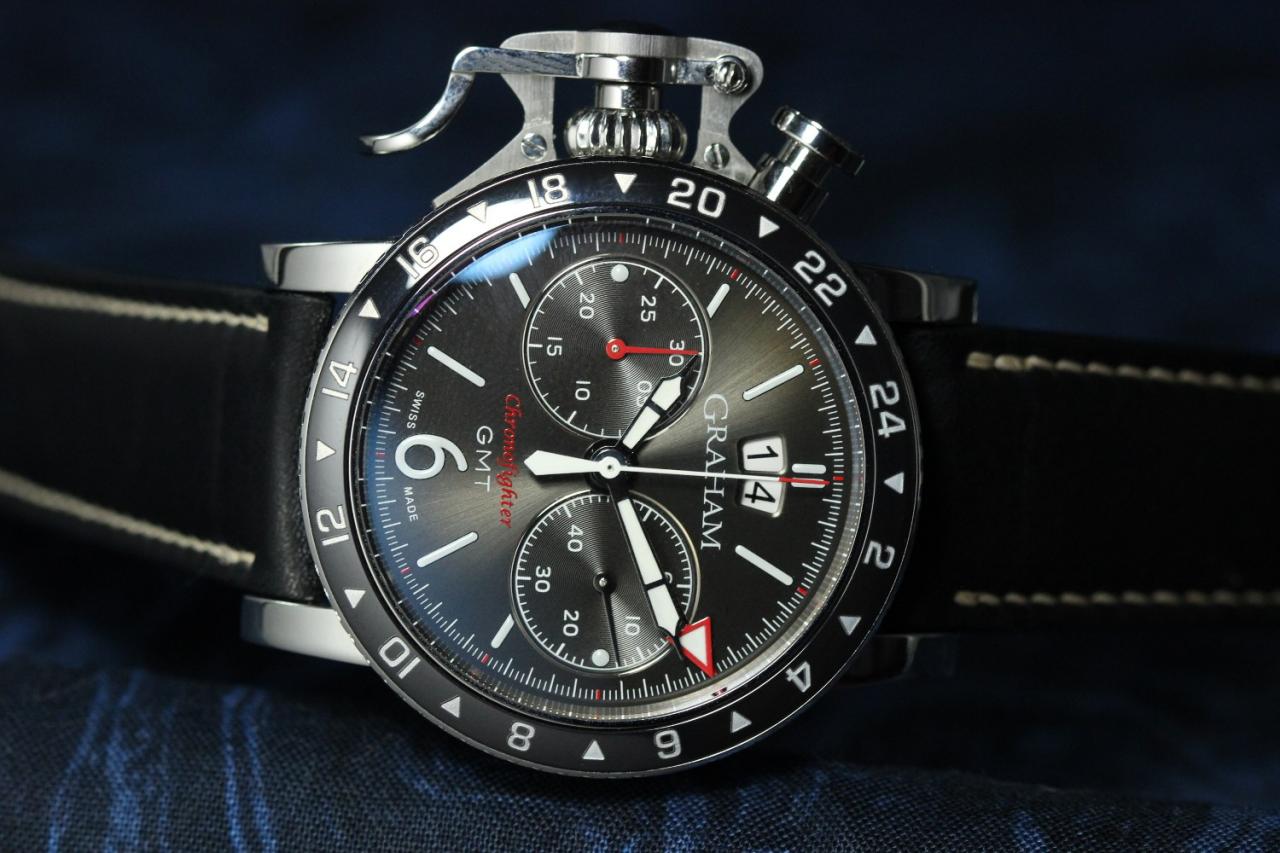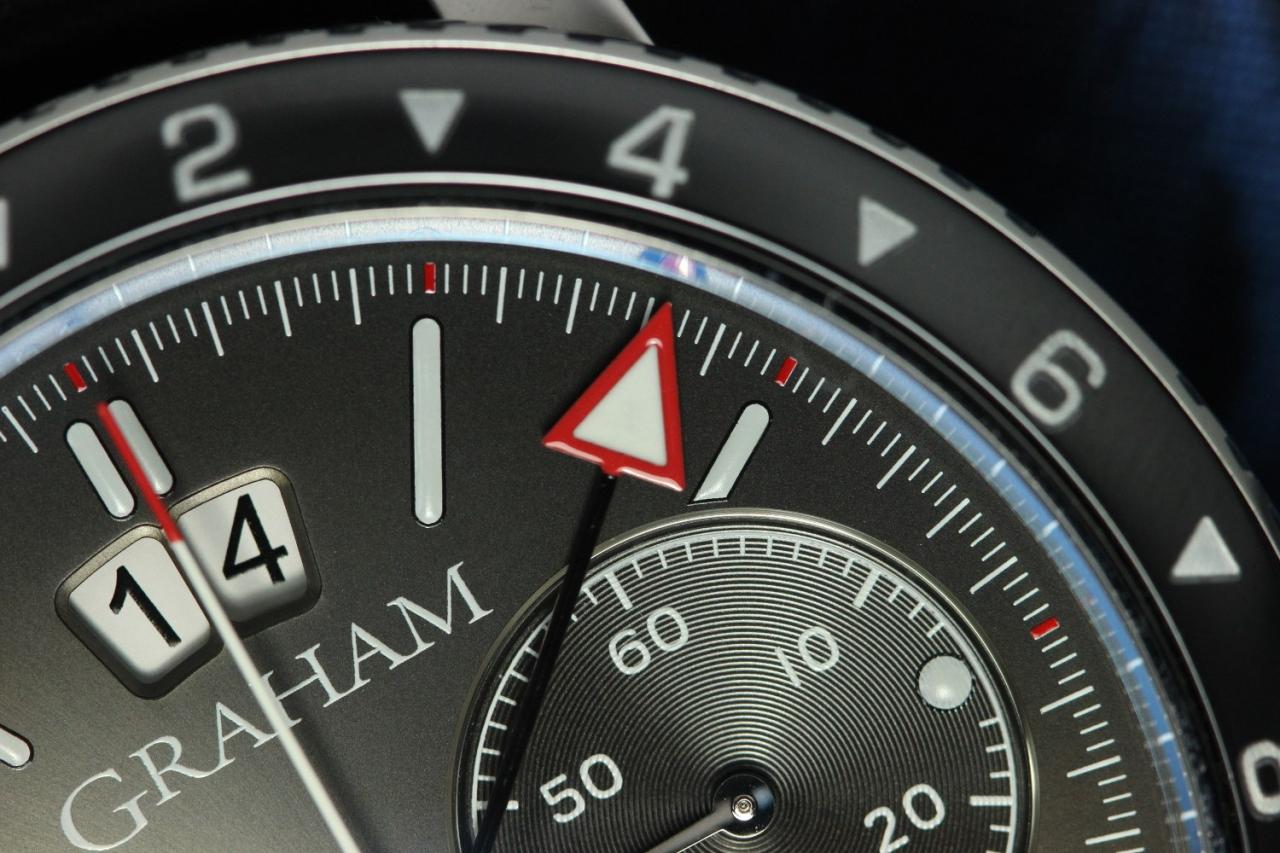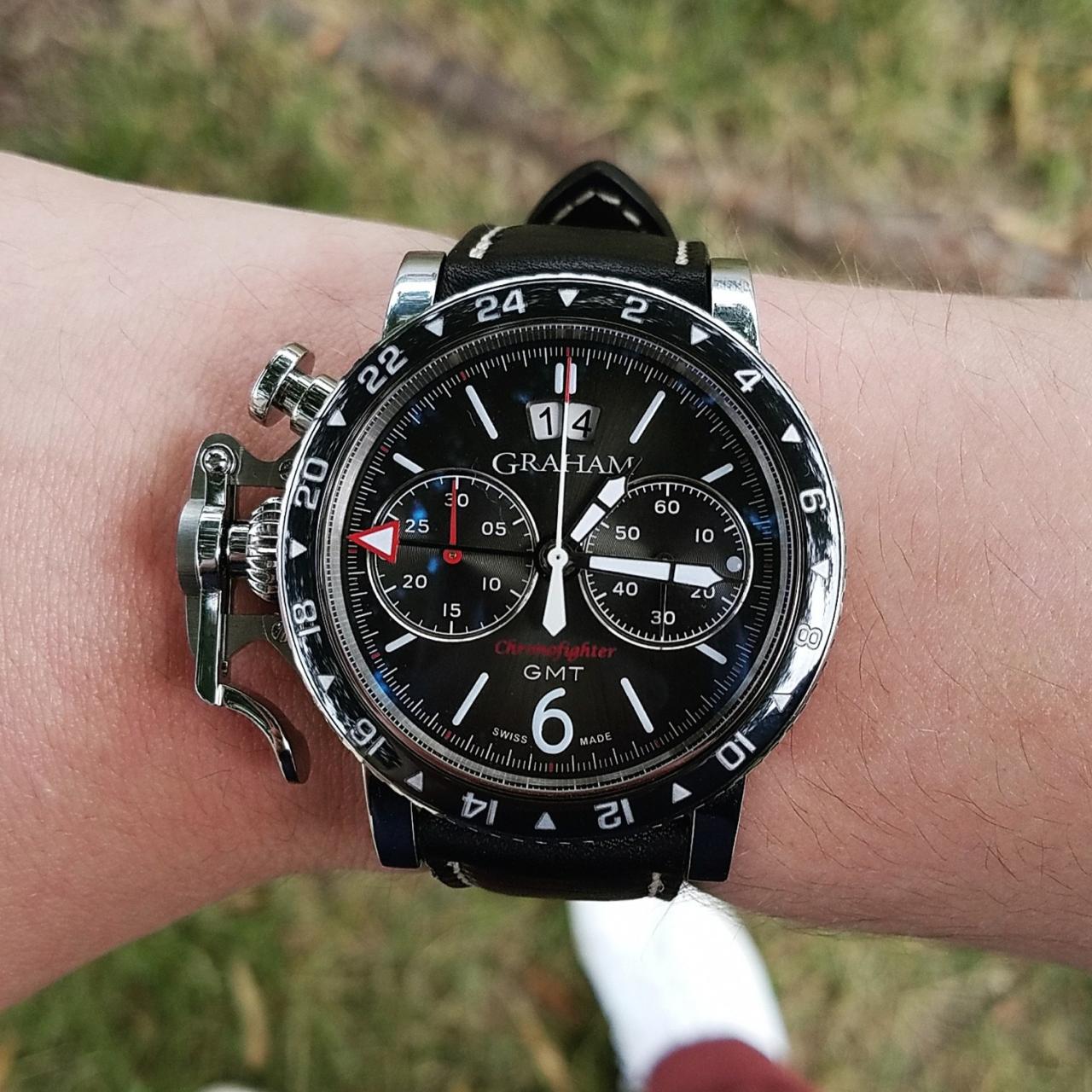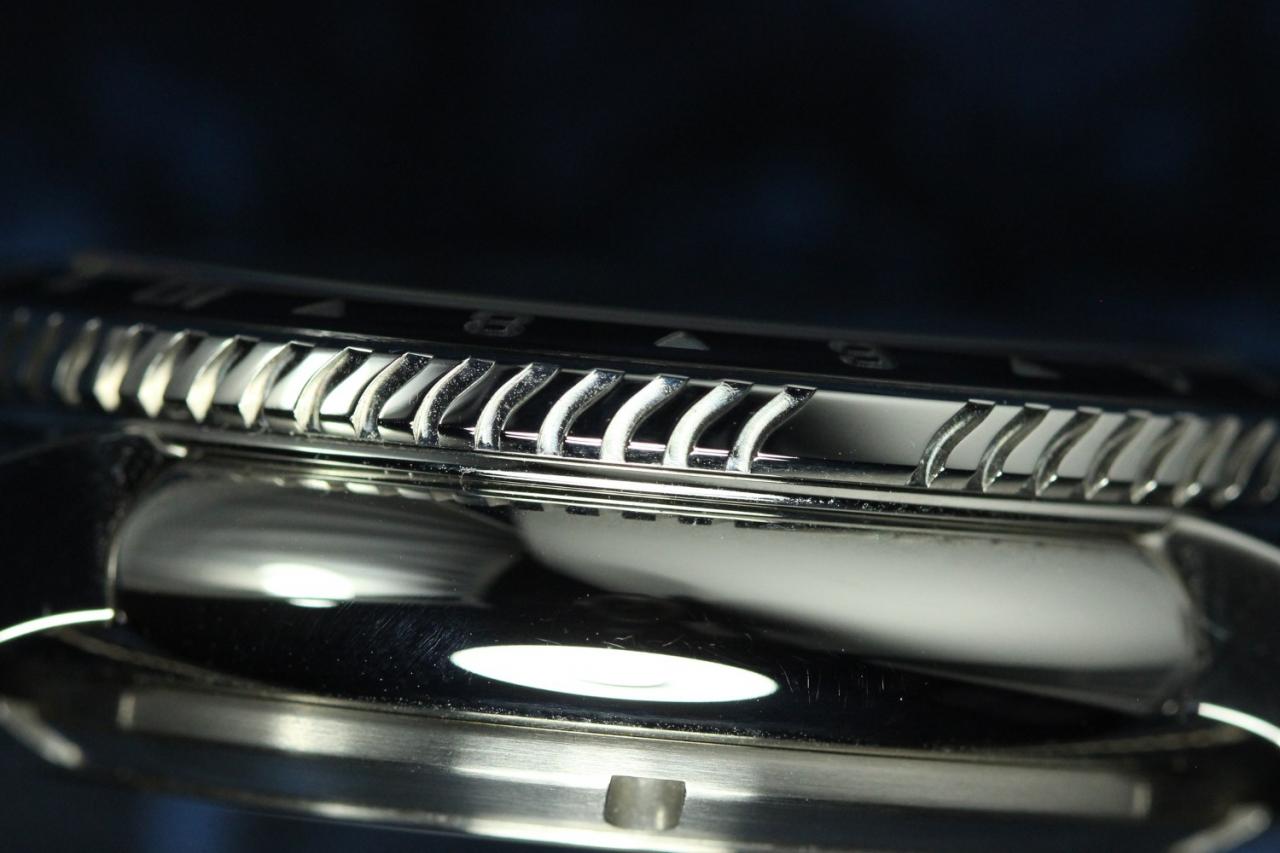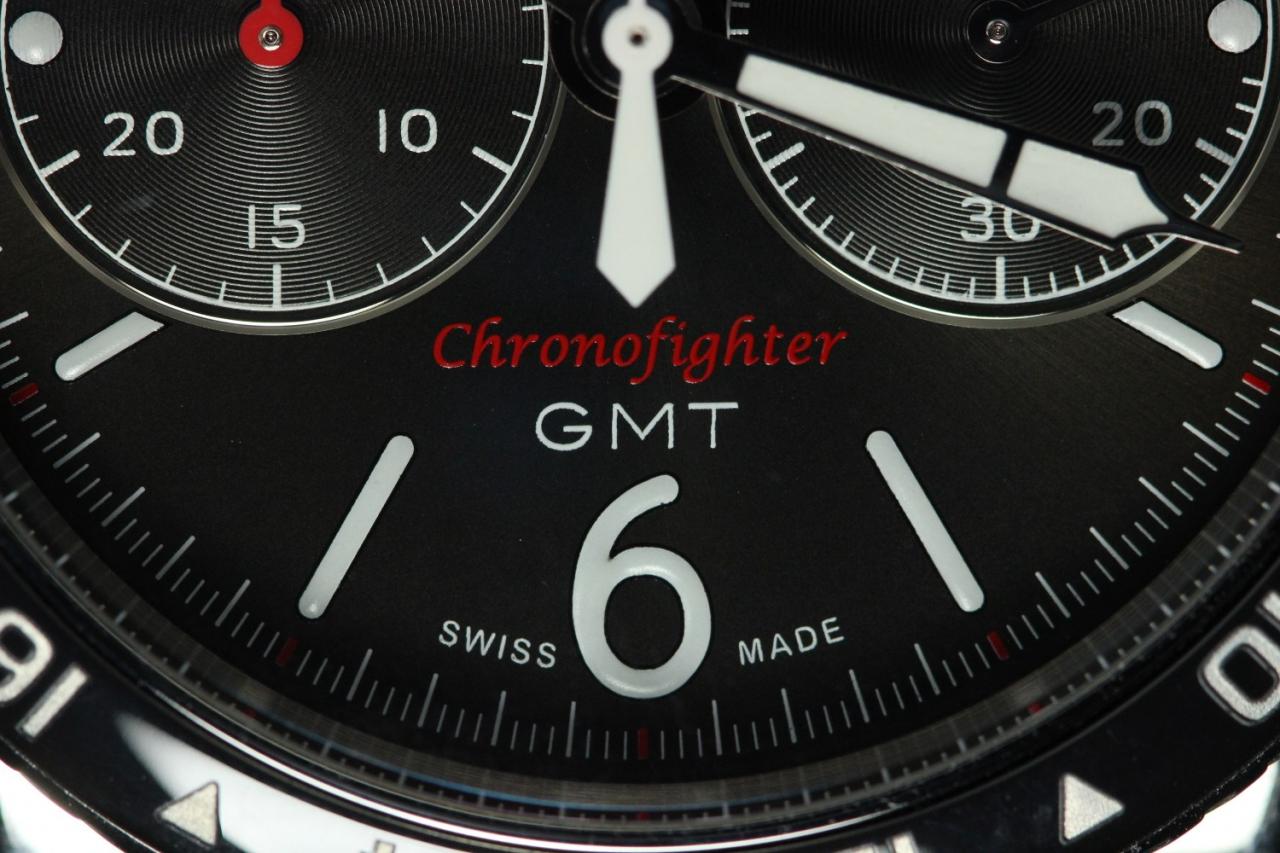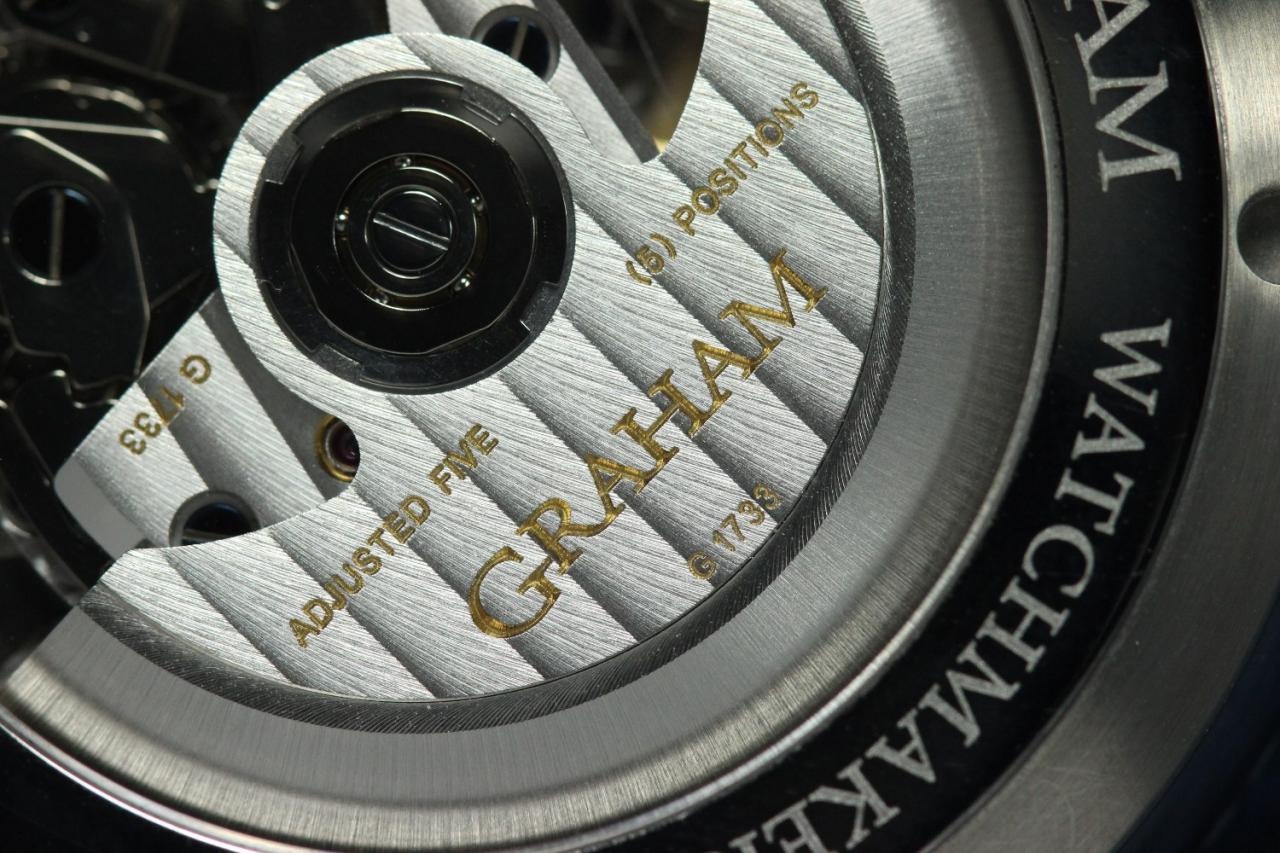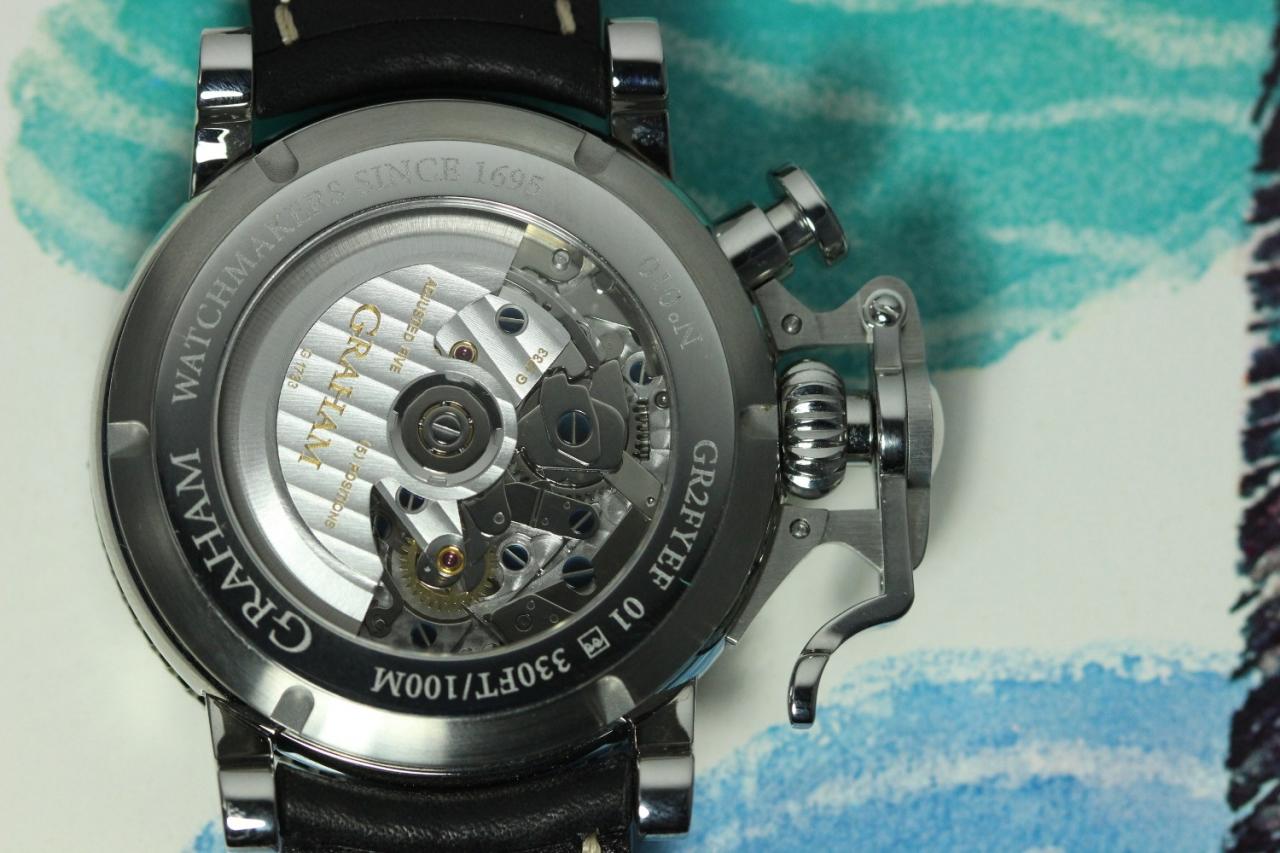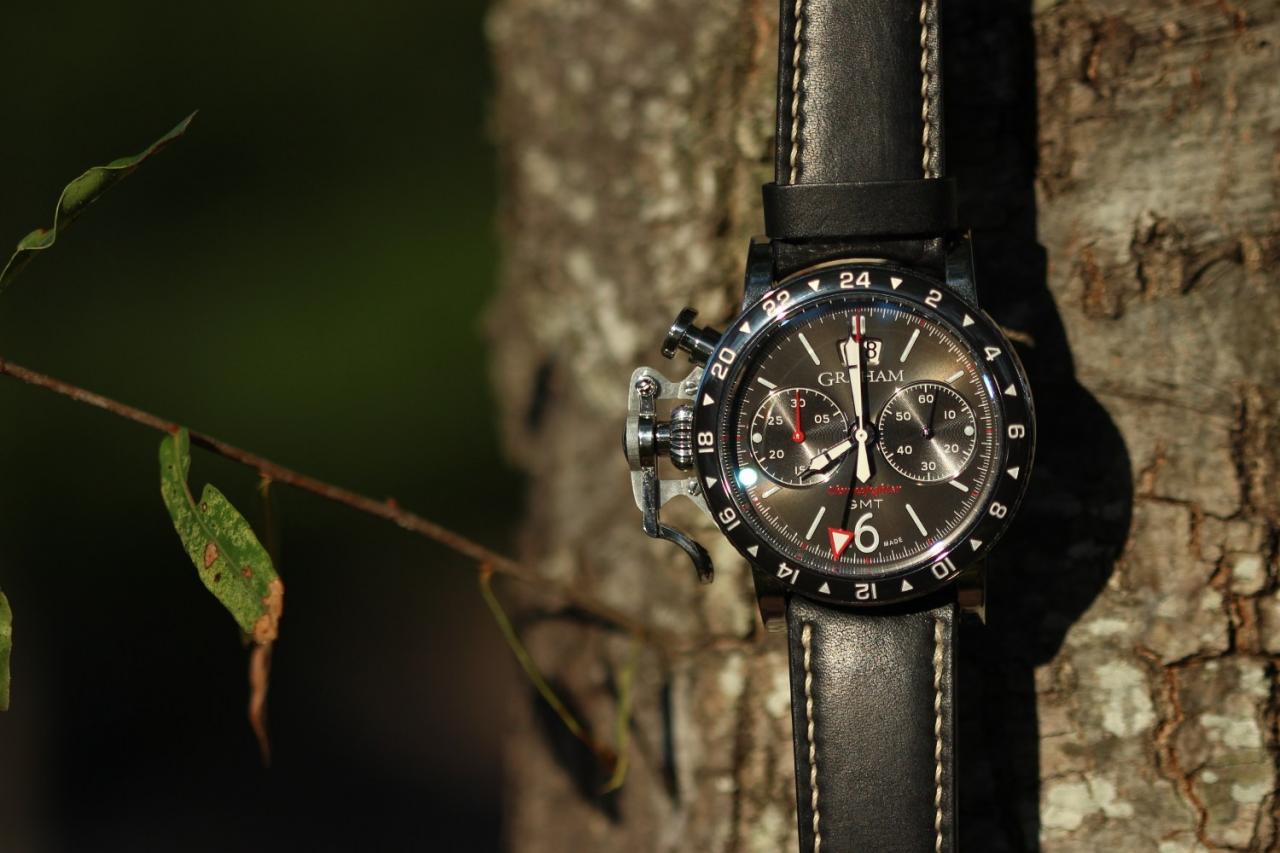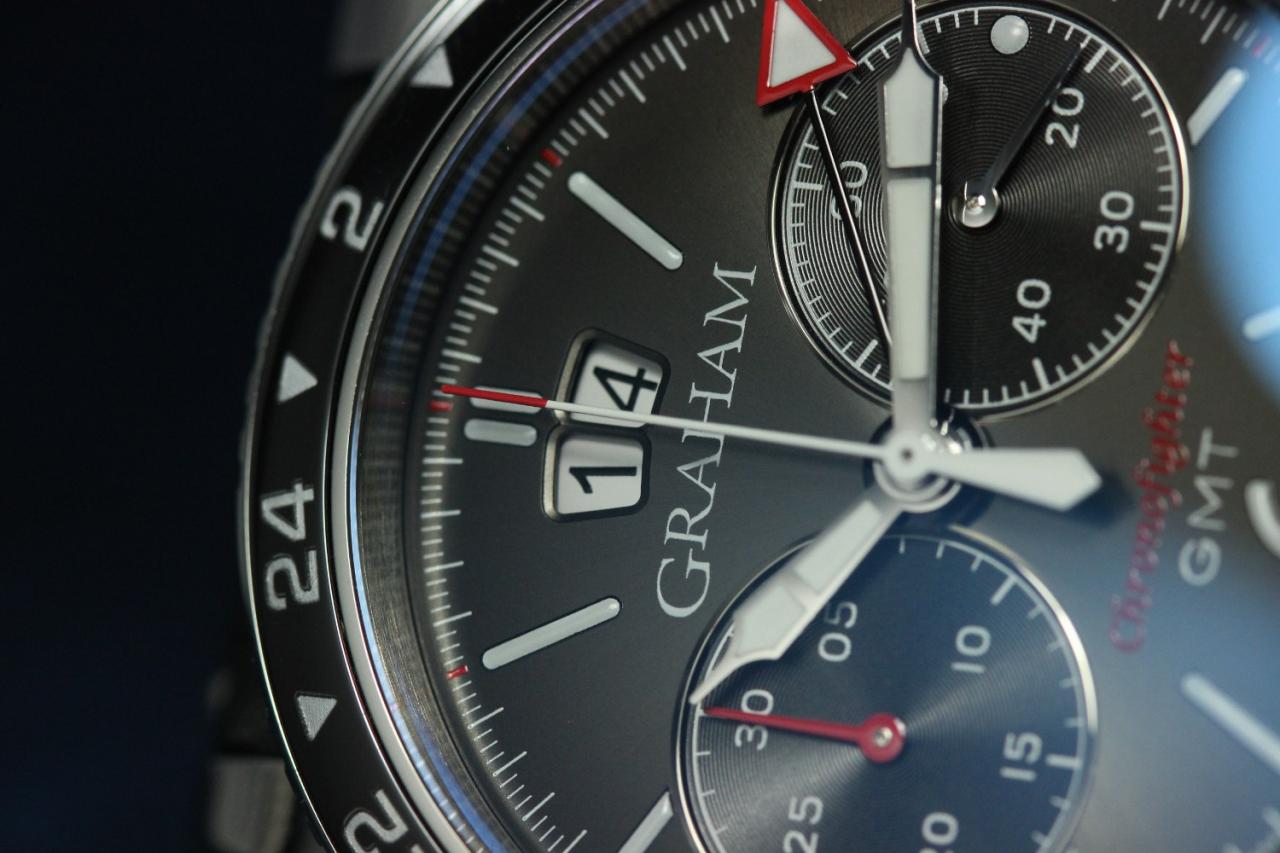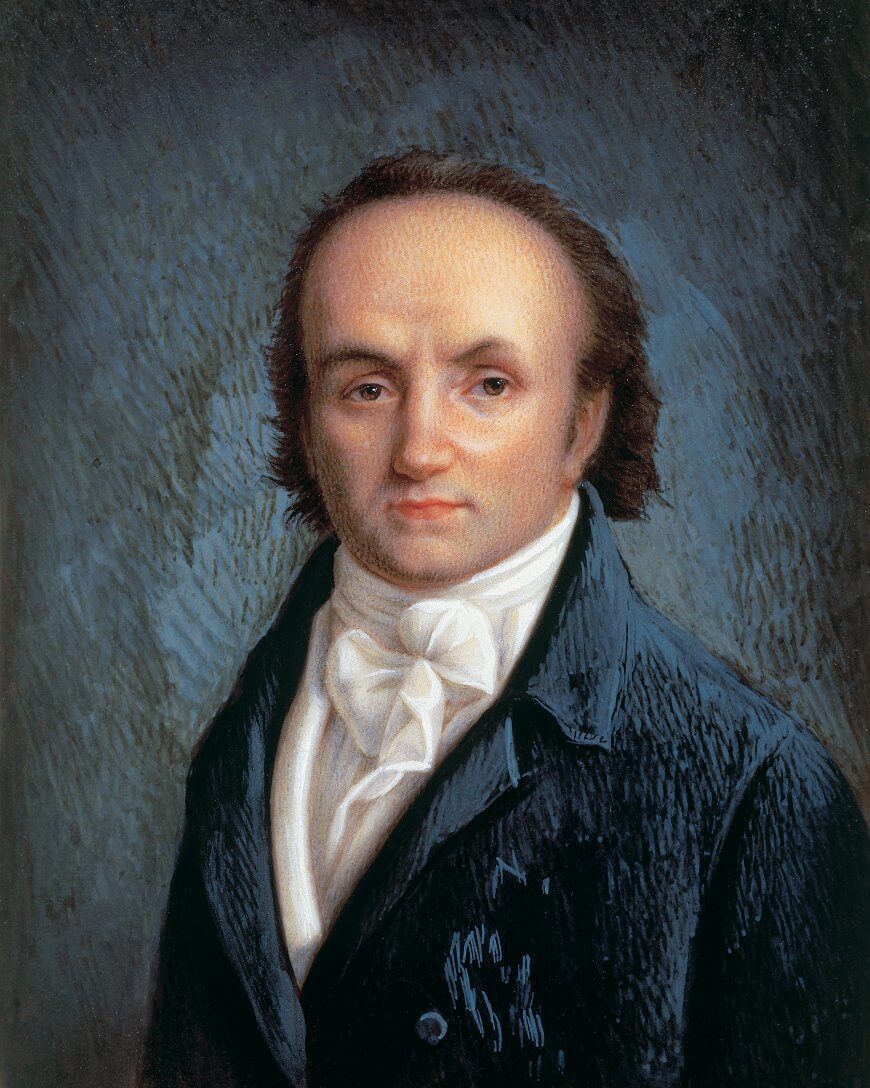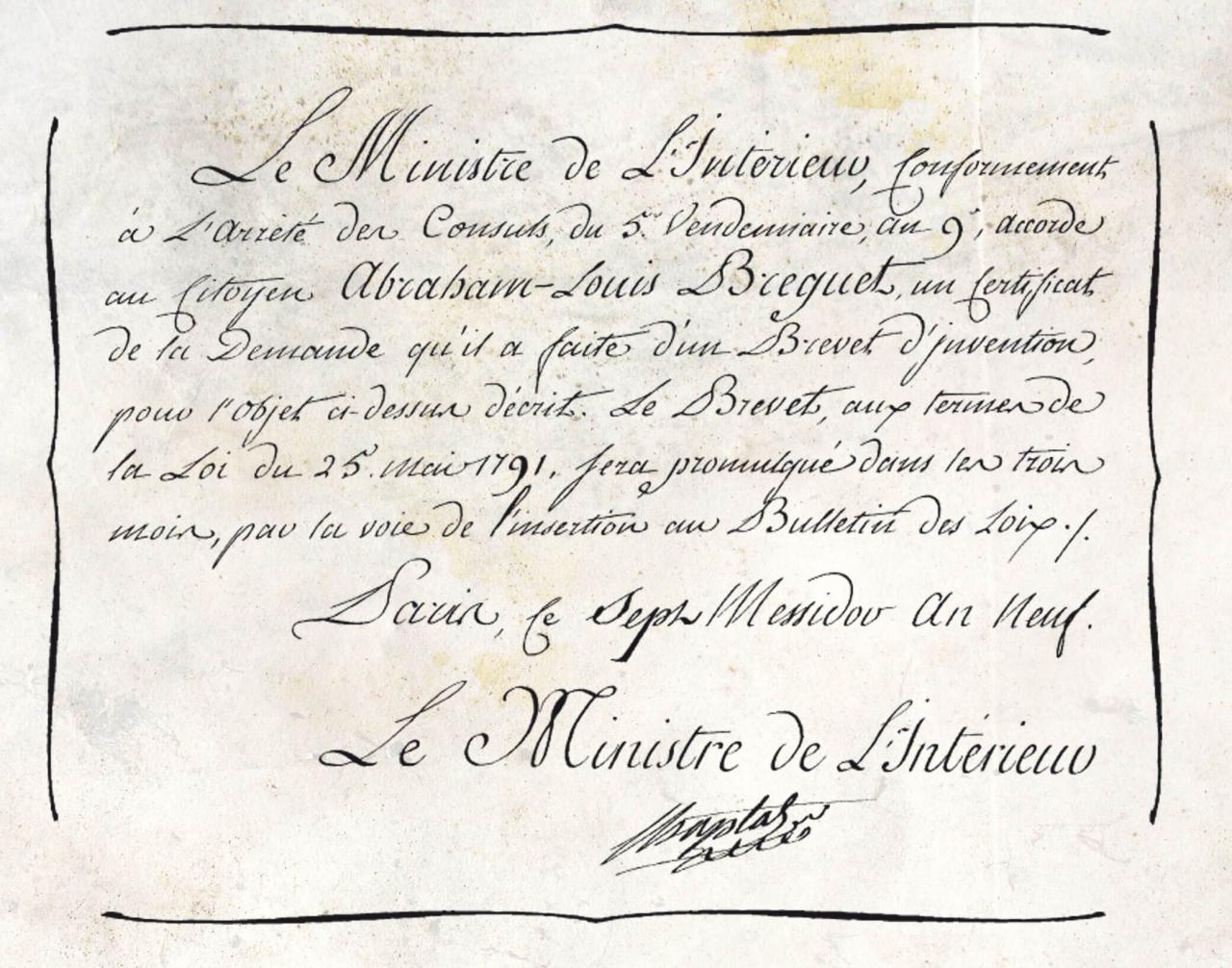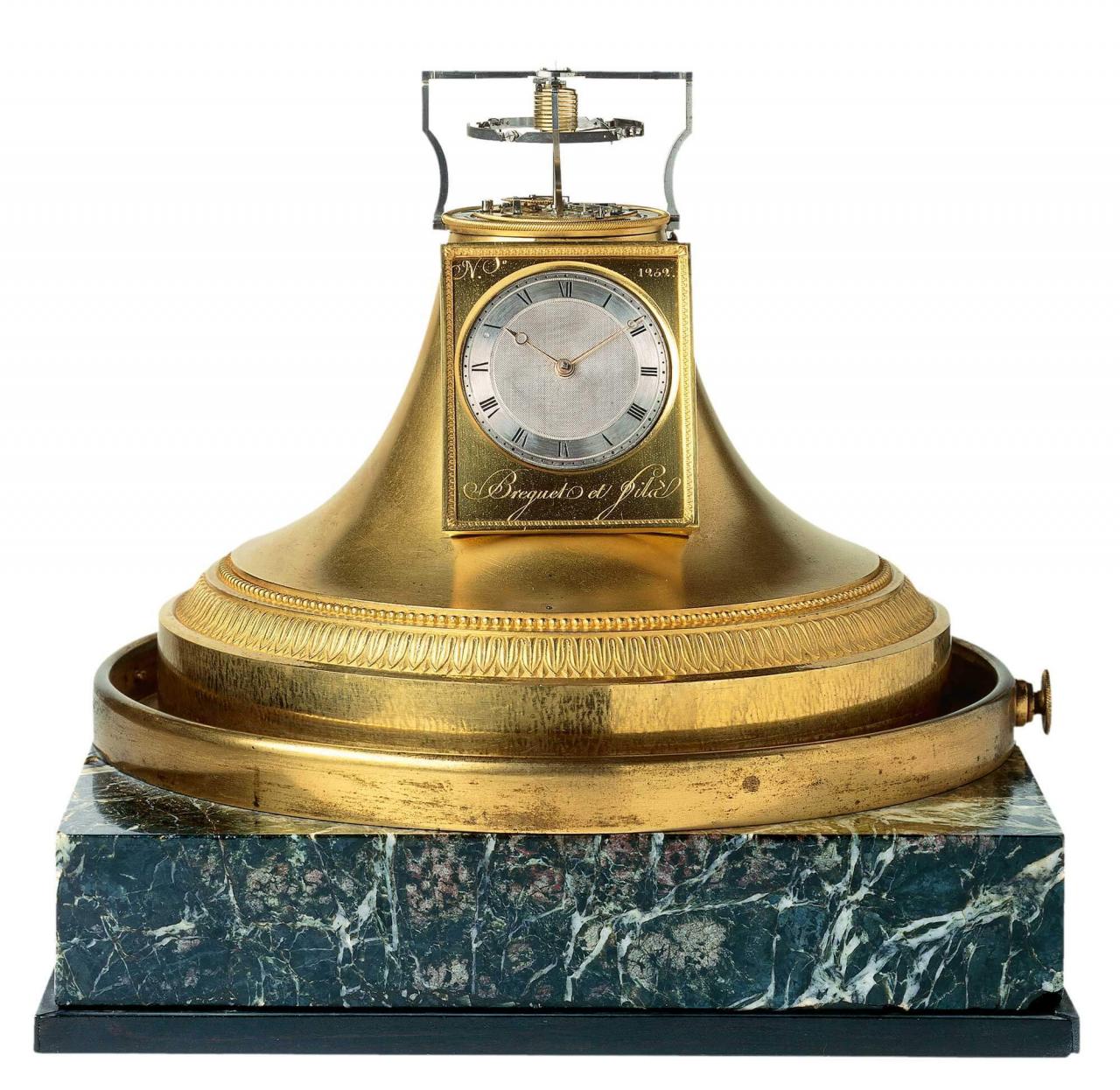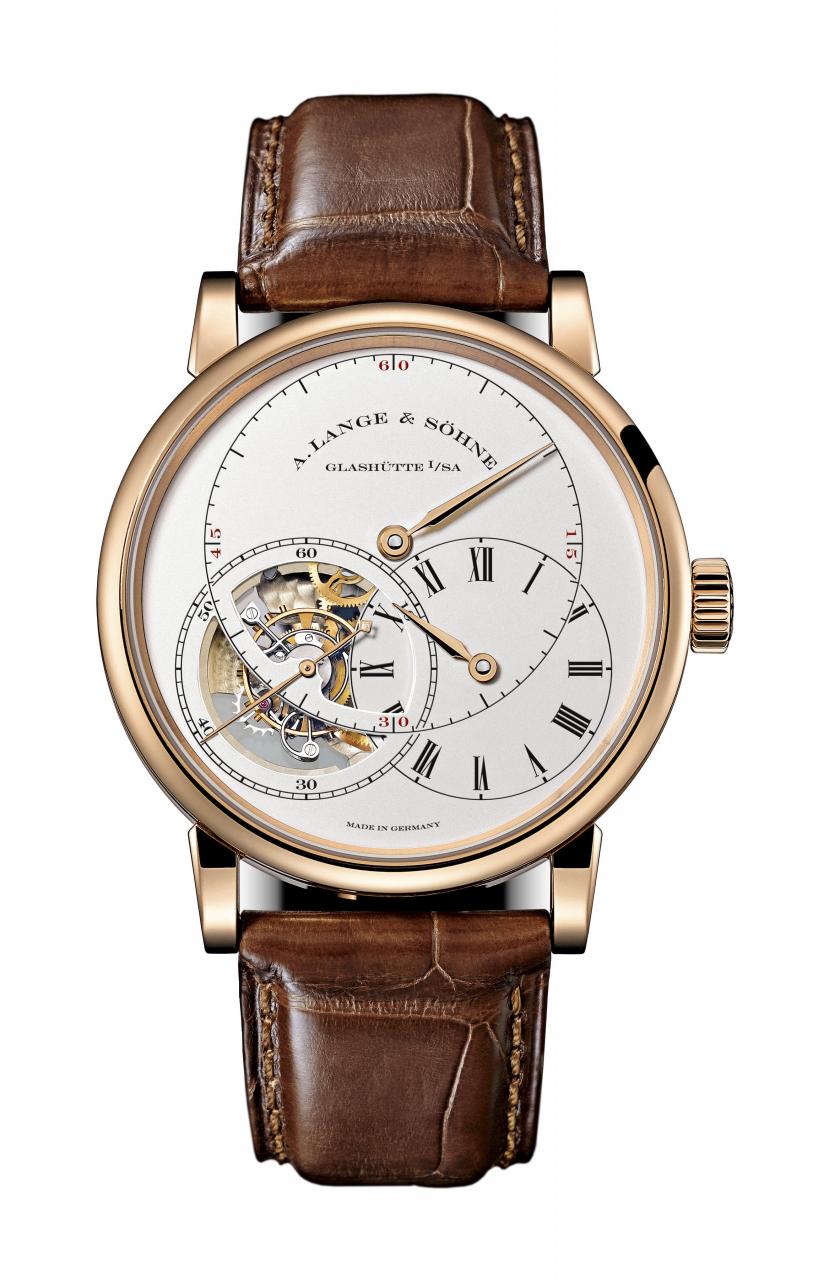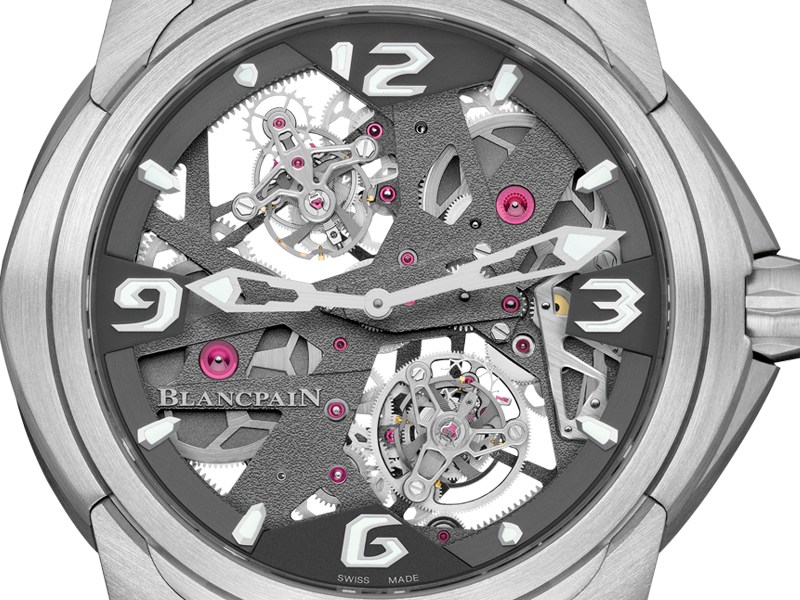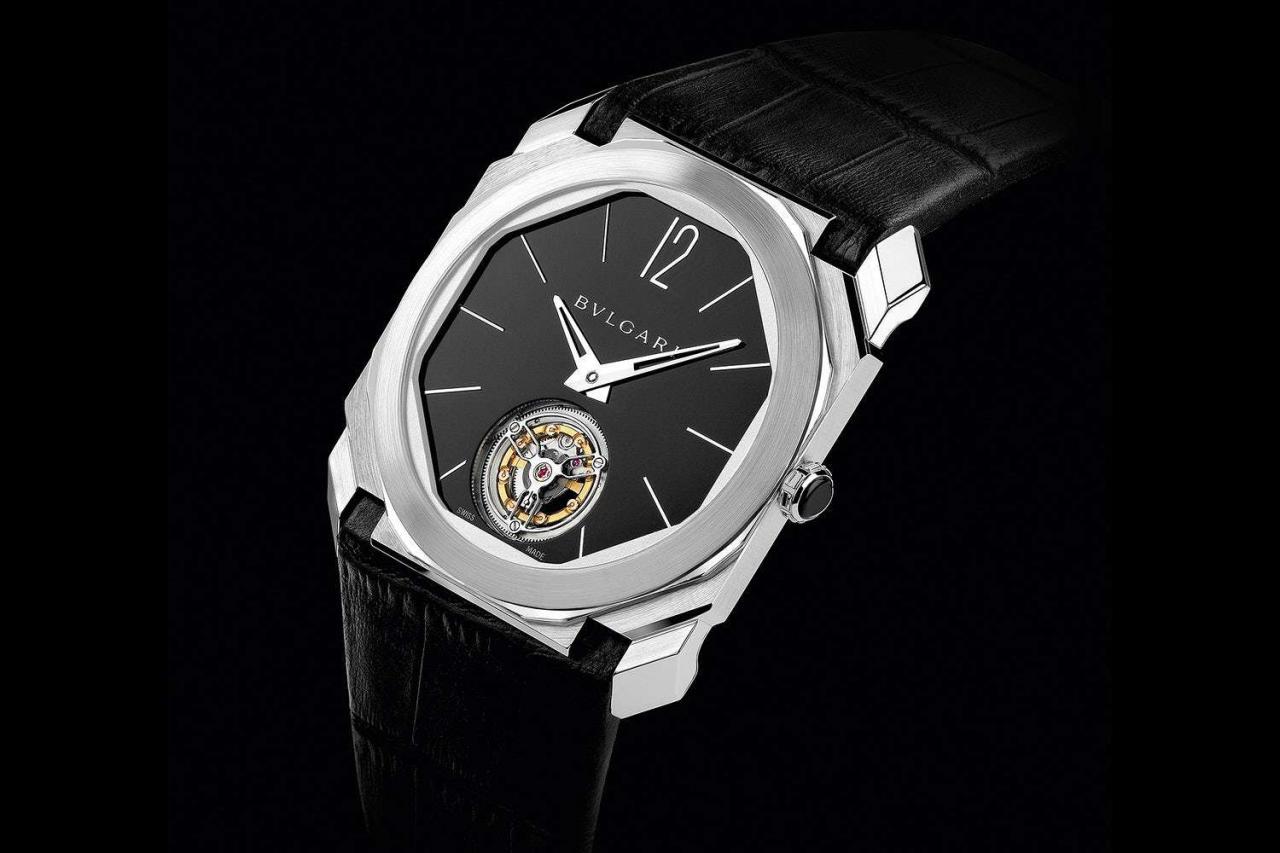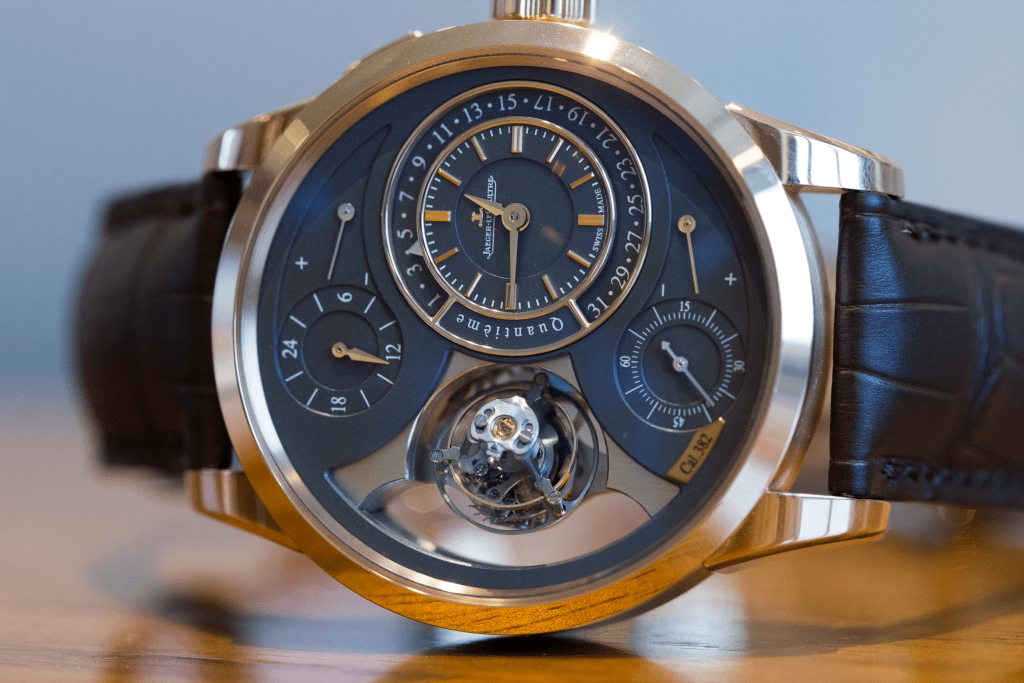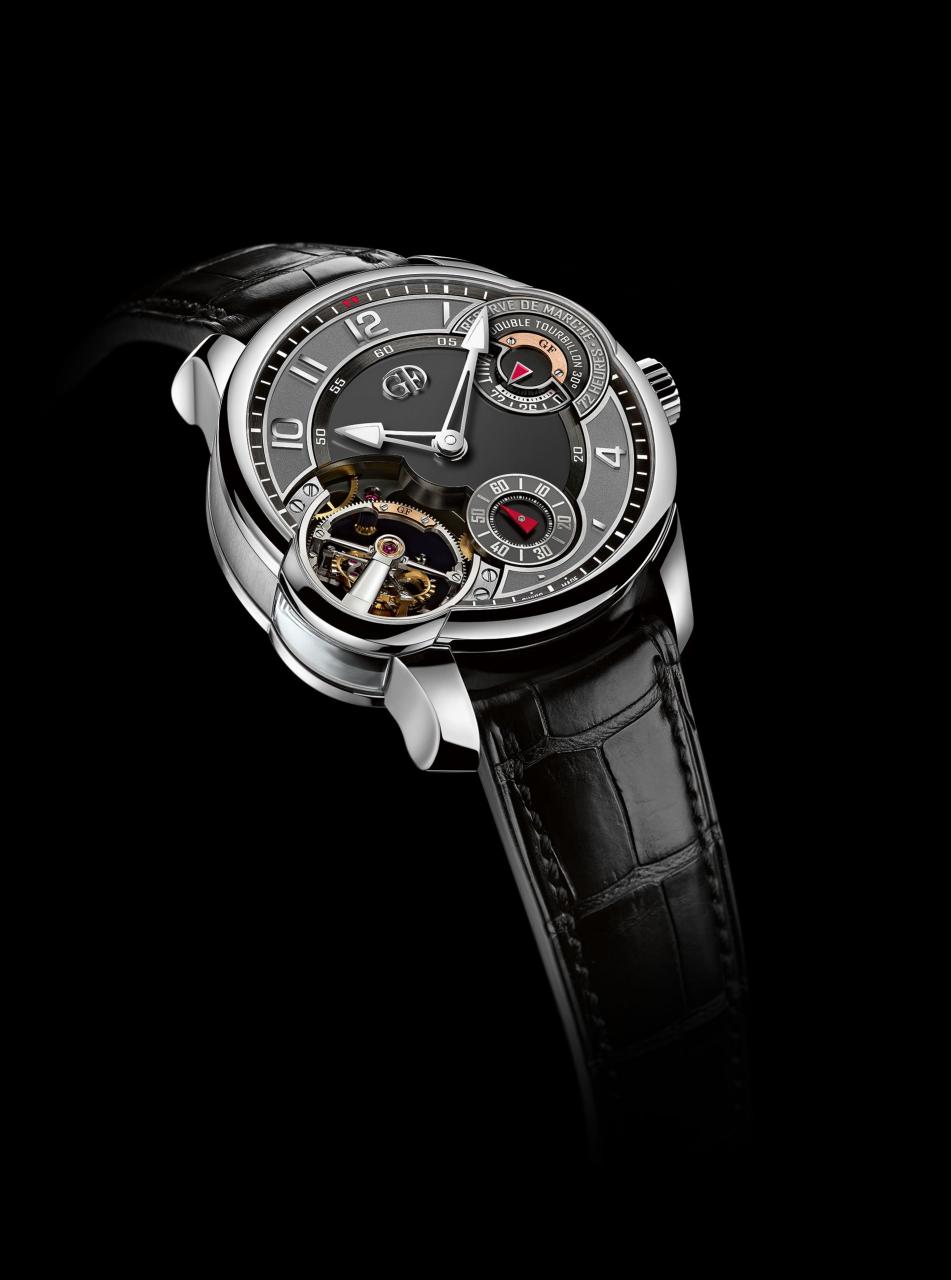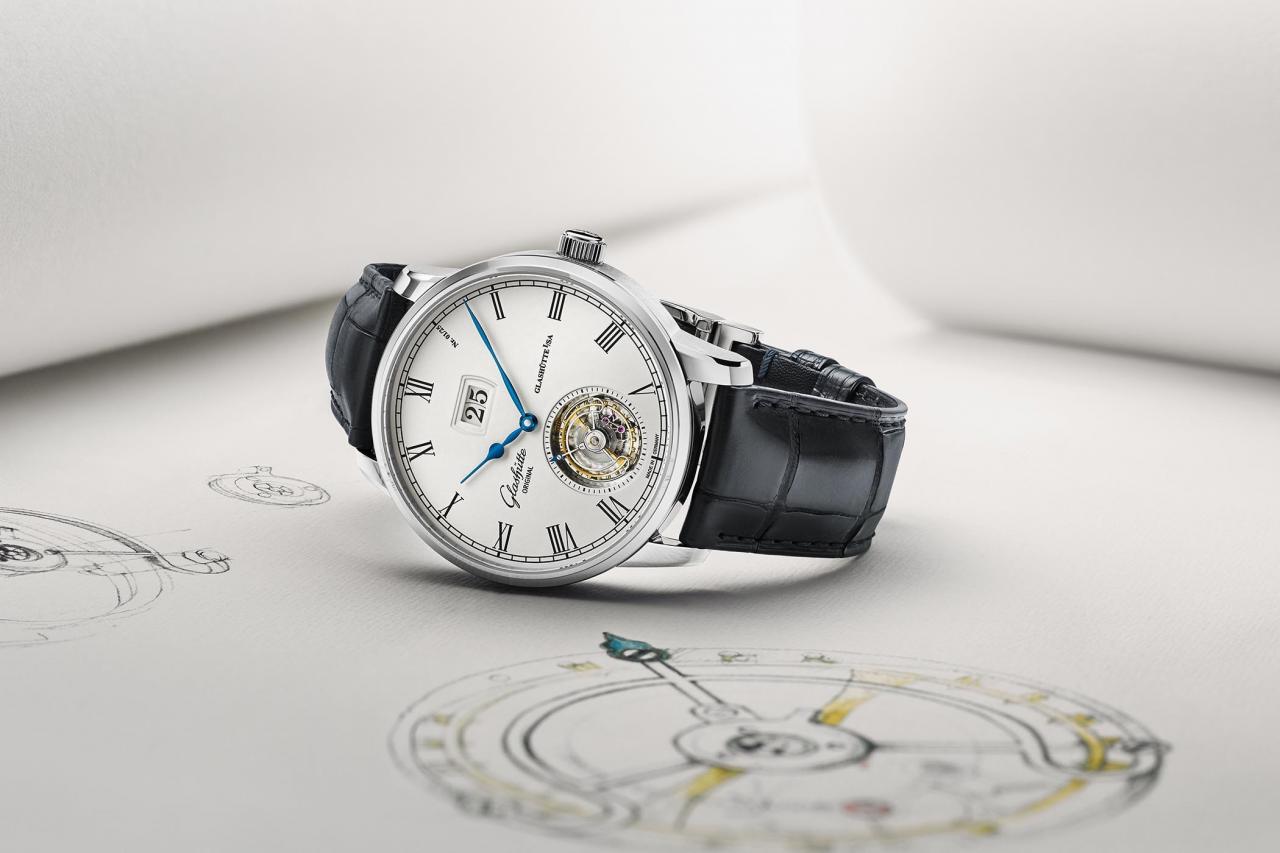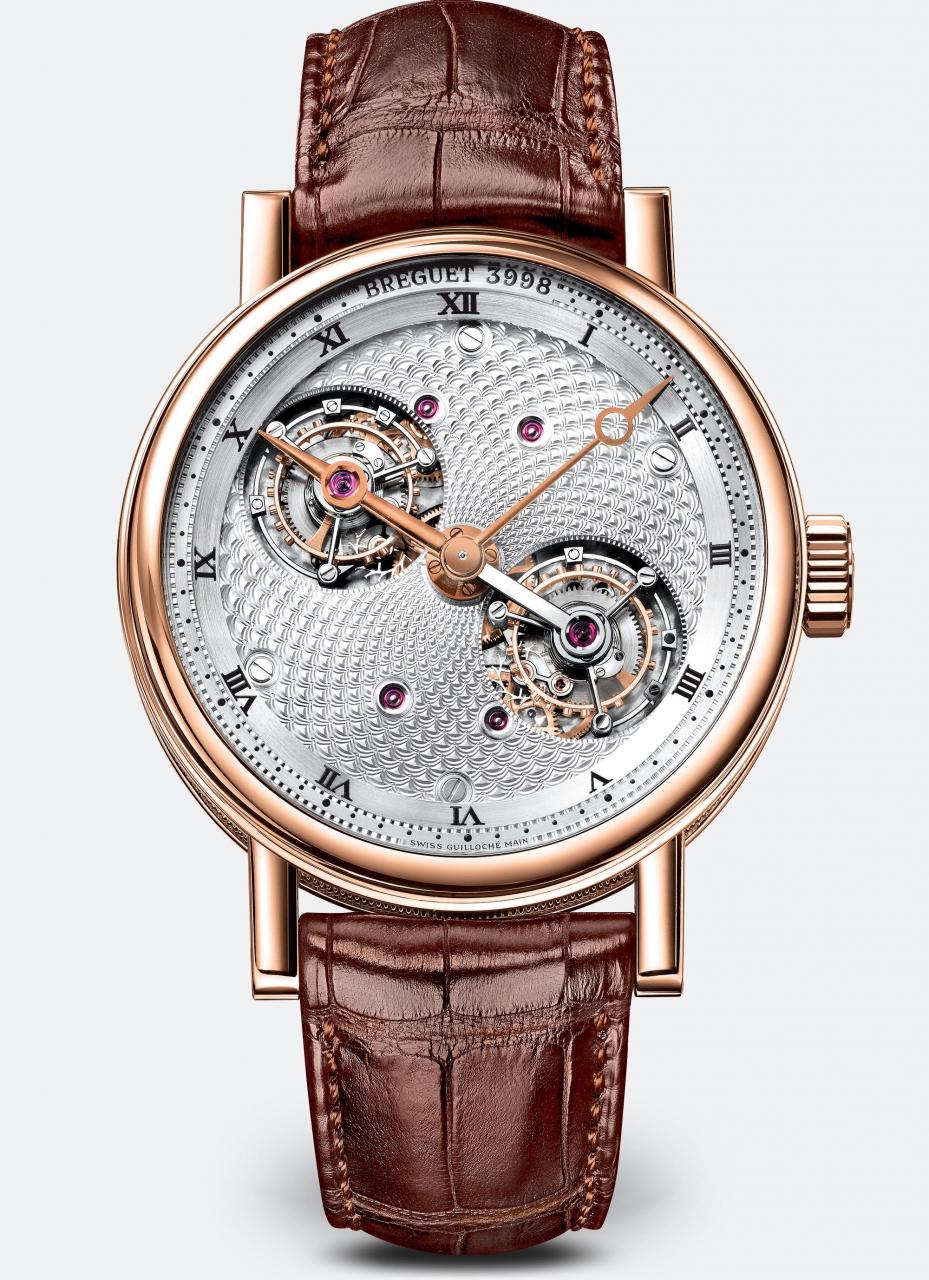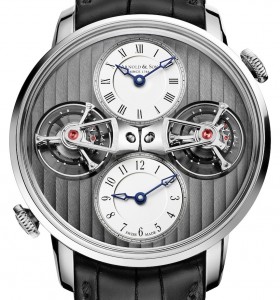By Jovan Krstevski
The year 2017 has been a great year and we’ve enjoyed squeezing our top 5s in one list and we even included a bonus of 5 honorable mentions. So why not do it again with the best watches we’ve covered so far from SIHH 2018? Without further ado, here are our top 5 picks for the honorable mentions.
The Honourable Mentions
5. Ferdinand Berthoud Chronomètre FB 1R-6.1
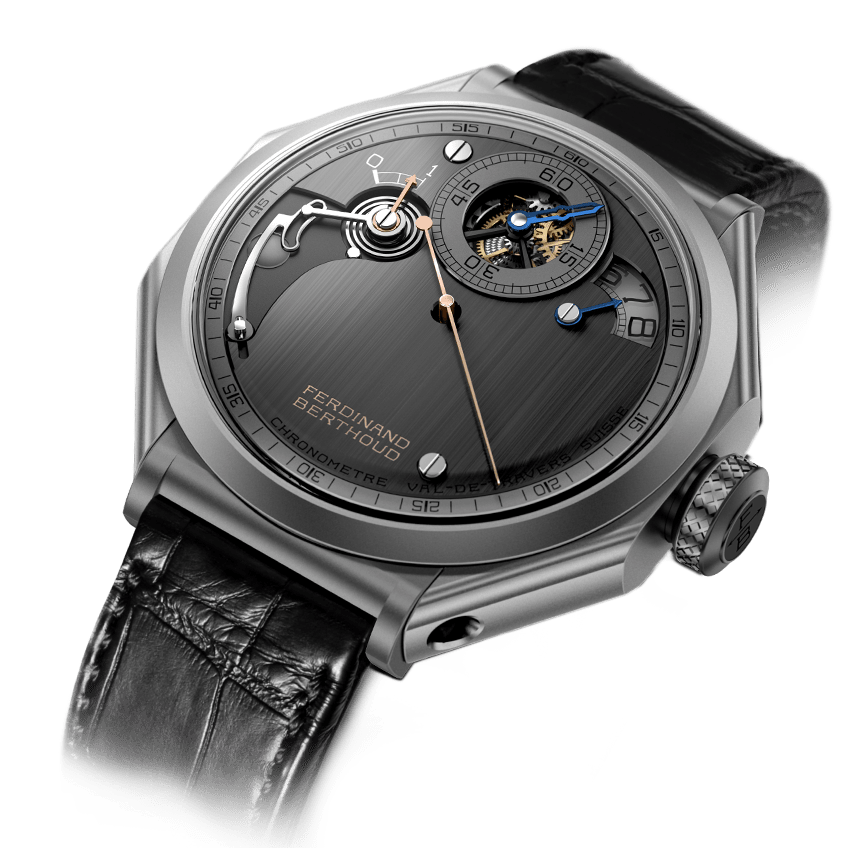
The 1R–6.1 is a COSC certified chronometer that’s truly unique and features Ferdinand Berthoud’s signature octagonal 44mm case. Its dial is very informative with the hours presented in rolling digits in a window at 2. It’s powered by a tourbillon that comes with a fusee and chain mechanism that delivers smooth power curve and increases accuracy over the course of the wind in the barrel. This watch is limited to only 20 examples worldwide. Read more here
4. Ressence E-crown Concept
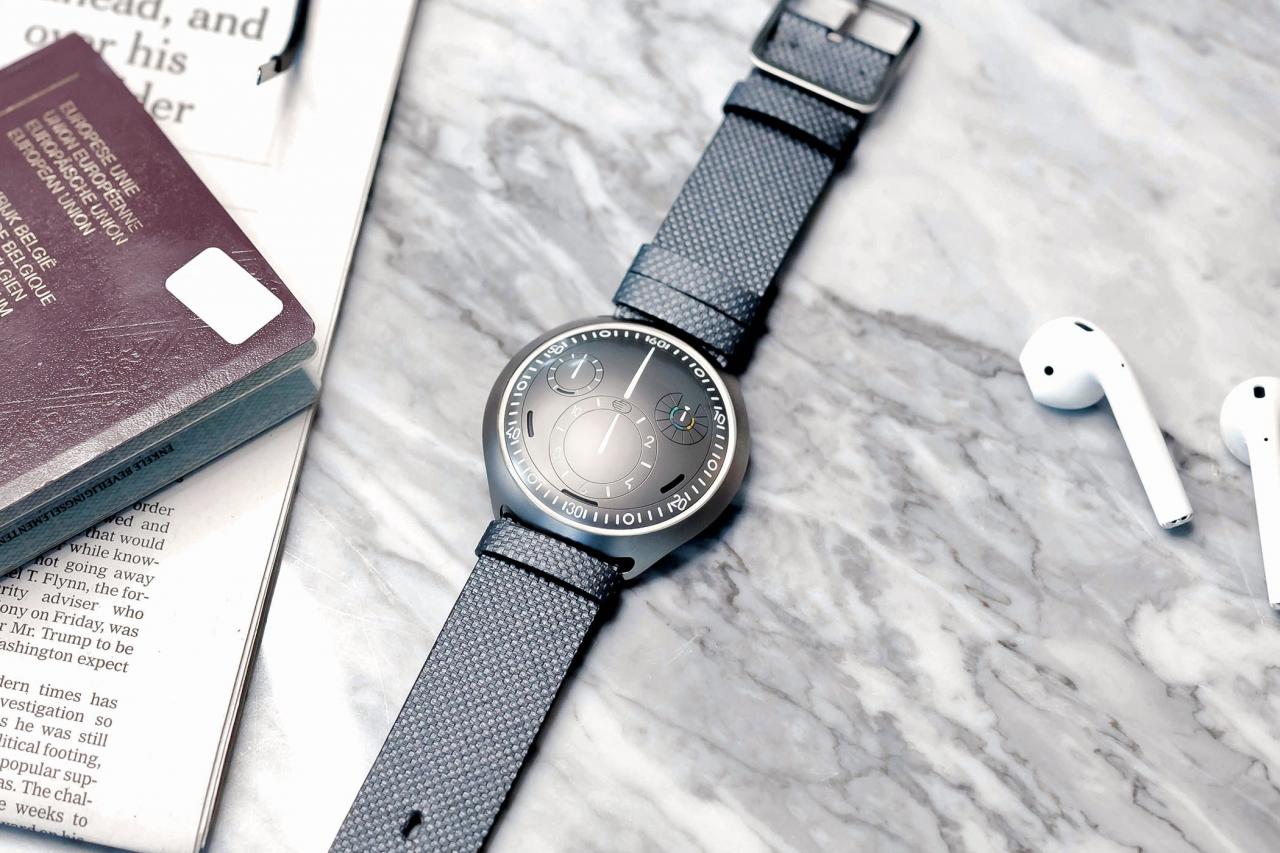
The Ressence E-crown Concept marries electronics and pure mechanics in an elegant way. Like a modular design, a rotating disc display is connected on top of a mechanical display by the e-crown that smartly manages timekeeping. Basically you only need to set time once by a mechanical lever at the caseback, then electronics take full control. This is accuracy governed by chips which we all know works precisely. This is under development so we may yet to see the evolution of this product. Read more here
This version was released for Baselworld 2017 and we shared our first impressions here. Here, we will go hands-on with the Arnold & Son DBG Skeleton and research what makes this watch, besides, you know… the double balances.When it comes to assessing the significance of this watch, I believe it crucial to look at the brand’s history. Arnold named this watch that the “No. 1,” beginning a naming convention he would use for his important timepieces going forward.By 1772, an Arnold “No. 3” chronometer was aboard Captain Cook’s vessel when he set out for his next voyage across the Pacific, along with Arnold chronometers would go on to accompany a number of other significant voyages within these decades. His son, John Roger Arnold, began studying watchmaking under Abraham-Louis Breguet in 1792 and joined his father’s company four years later. Breguet became a great friend of John Arnold and both collaborated on equilibrium designs, the overcoil balance spring, and the tourbillon, although Arnold died in 1799 earlier this notion could be realized. To mourn his departure, Breguet presented his son with all the very first tourbillon escapement mounted within an Arnold pocket chronometer, which also bears a personal inscription and is today exhibited in the British Museum at London.
3. Girard-Perregaux Laureato Chronograph 42MM
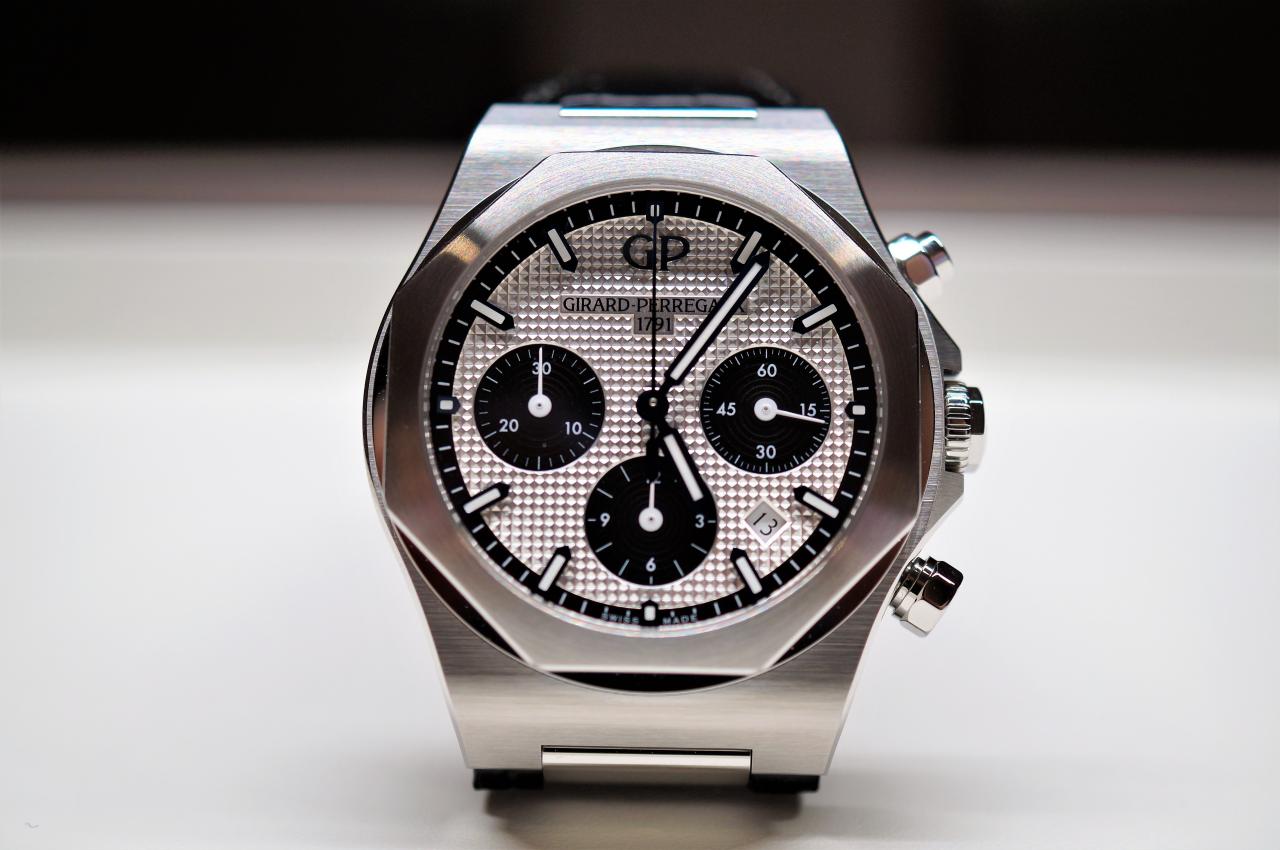
This is one of our favorite chronographs and as such, we won’t sugar coat it, the octagonal case is the deal breaker with this watch. Perhaps it’s GP’s Royal Oak equivalent or something but the rest is just fine. The dial is exquisite adorned with Clous de Paris guilloché and traditional presentation. This chronograph features a automatic winding with 4Hz escapement and about 46 hours of power reserve. Read more here
2. Cartier Santos De Cartier With New Bezel And “Quickswitch”
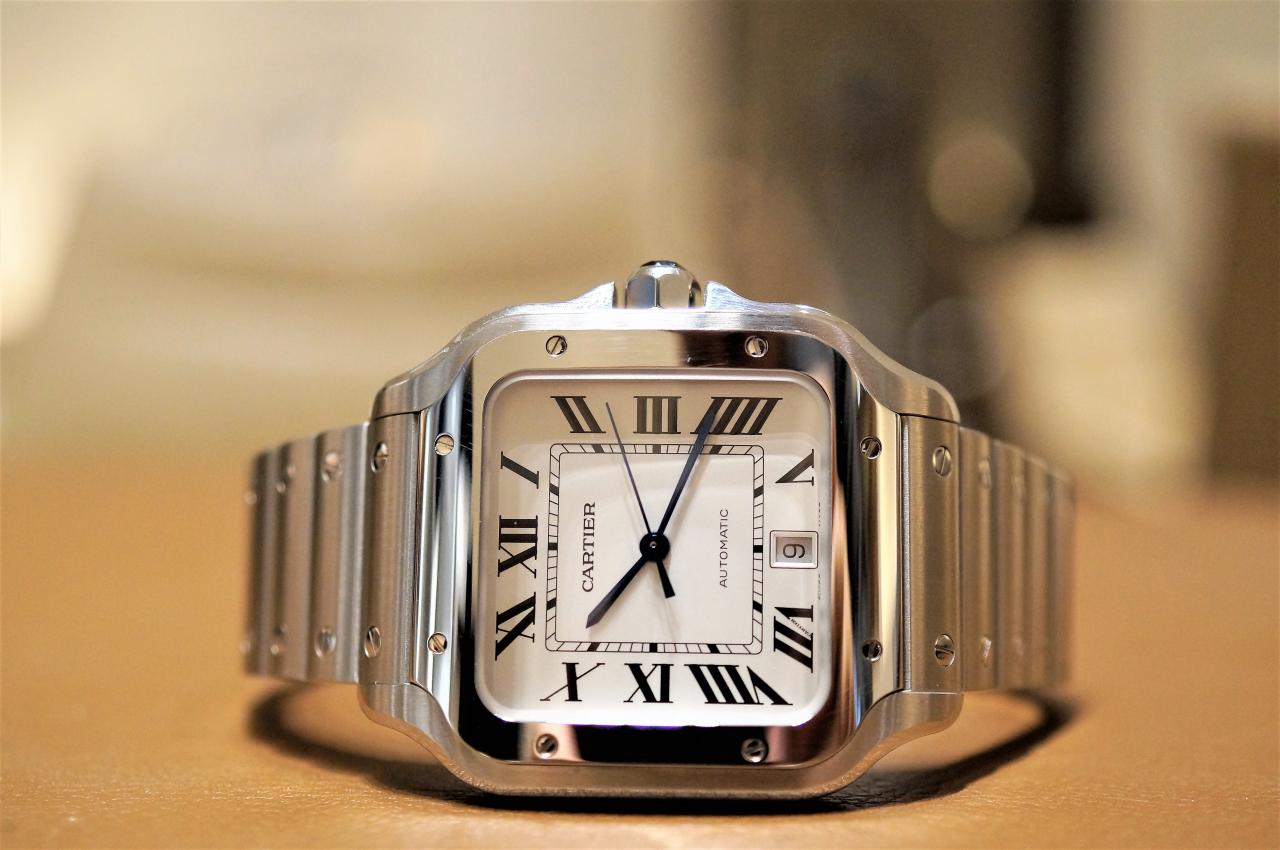
This updated collection features a variety of models: a full steel set, a two-tone steel and gold, a full gold, and a pink gold set. These are casual watches wearing on 39.8mm case with Santos de Cartier’s signature white dial with Roman indices and a date at 6. It also has a skeletonized dial for those looking for a bit of rigid fashion. What’s popular with the update is the new “SmartLink Self-Fitting” that allows adjustment of the bracelet without tools. Powering the traditional dial models is an in-house 1847 calibre while 9611-MC calibre powers the skeletonized version. Read more here
1. Audemars Piguet Royal Oak ‘Jumbo’ Extra-thin 15202 IP

Our top pick for the honorable mention is the classic Royal Oak with a very thin profile which seems to be the trend these days. It features a fully titanium 39mm case with a solid 950 platinum bezel. It also maintains the same “Petite Tapisserie” guilloche dial with a smoked blue look. Powering this extra thin Royal Oak is calibre 2121 boasting 40 hours of power reserve. Read more here
Top 5 Watches from SIHH 2018
5. Vacheron Constantin Fiftysix Day-Date
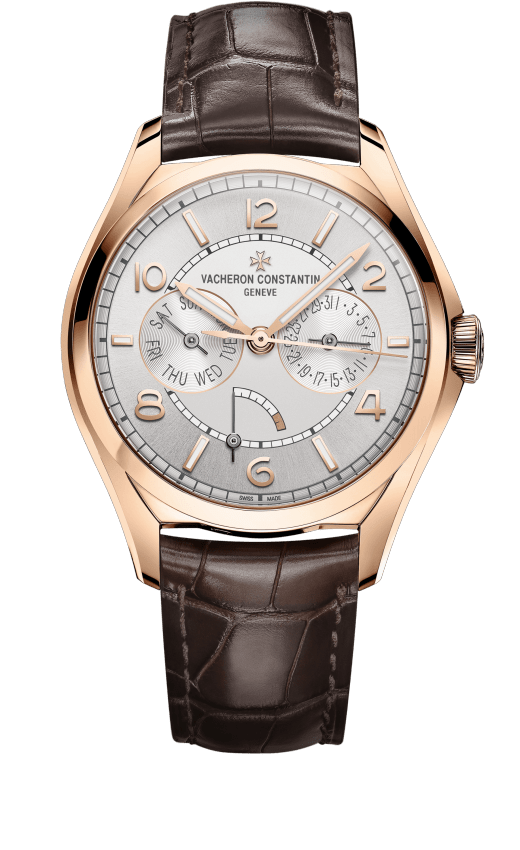
The Vacheron Constantin FIFTYSIX day-date showcases a traditional VC day-date layout with additional power reserve at 6. It also features a casual 40mm case available in steel or gold. The dials are available in two-tone grey and silver dials. The 3 hands for the hours, minutes, and seconds are centered while the day-date are at 3 and 9. Power indicator sits nicely at 6:30. Powering the watch is an automatic calibre 2475. This movement bears the Hallmark of Geneva and cranks 40h of power reserve. Read more here
4. Jaeger-Lecoultre Polaris Polaris Memovox 50th Anniversary Edition
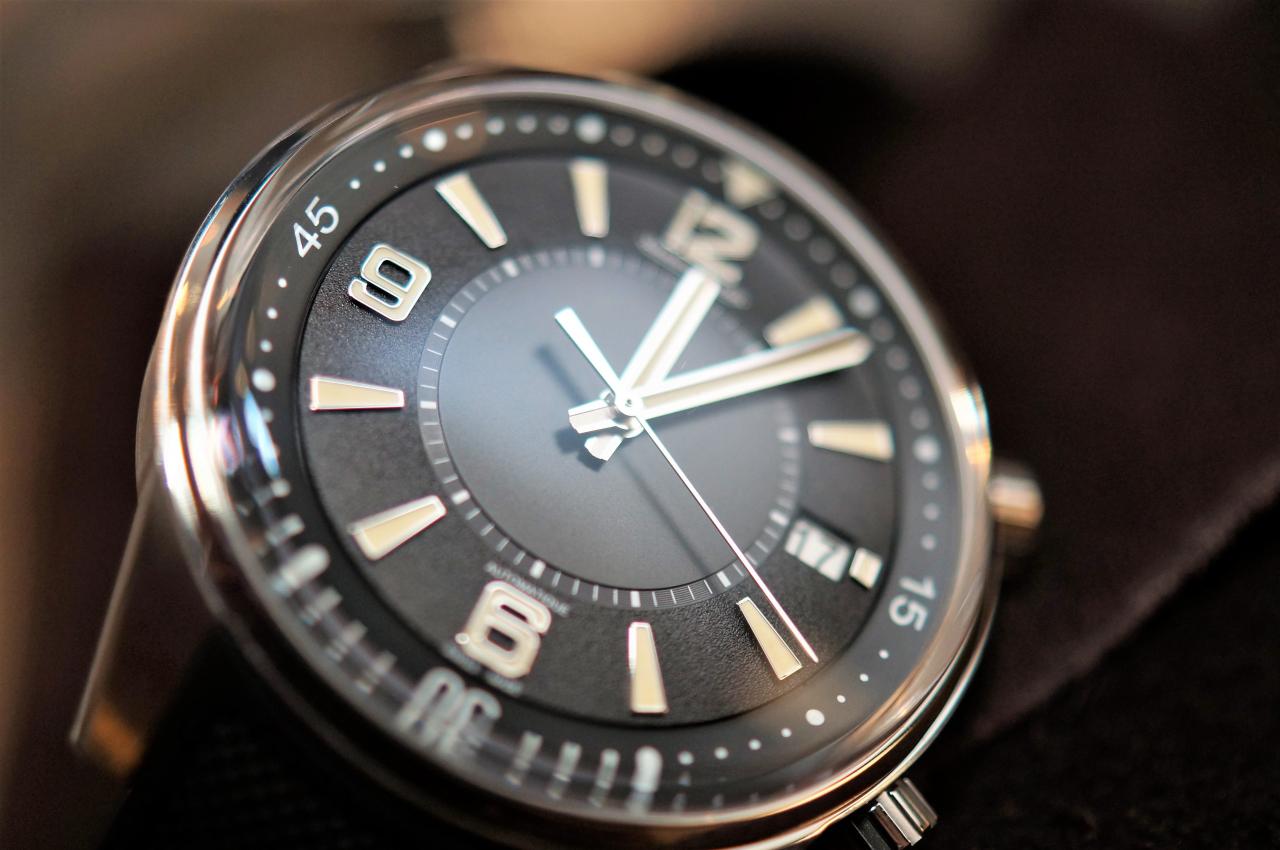
Polaris was released in 1968 in very limited numbers succeeding the Deep Sea Alarm. The watch featured an innovative caseback that amplified the alarm underwater while still watertight. It’s a no brainer that Polaris is popular among collectors but the real collector’s model is the new Polaris Memovox 50th Anniversary Edition. The new watch features the original’s designs such as the triple-crown and the in-house vaunted Calibre 956. It also gets useful updates such as its use of beige Super-LumiNova on the indices and hands. It tries to remain true to the original by using the same applied hourly elements and long sword-shaped hands. Its 42mm case is new though. This model is limited to only 1000 pieces. Read more here
3. Greubel Forsey GMT Earth
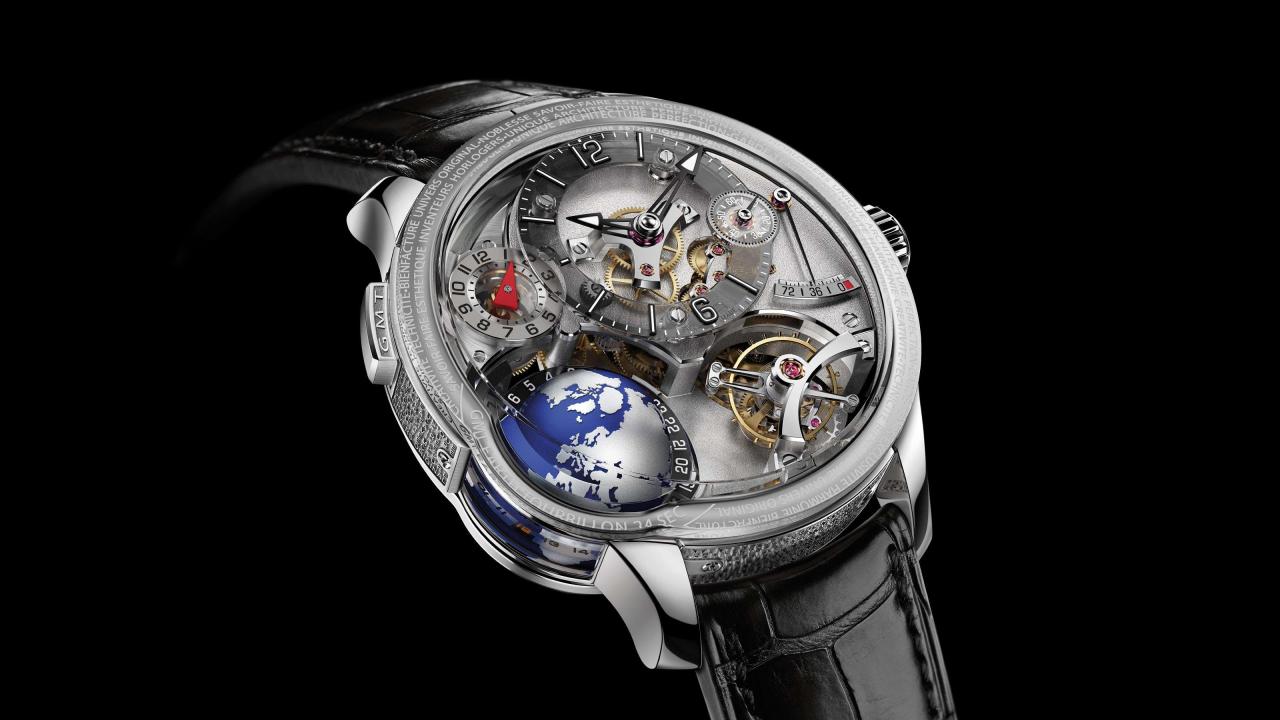
Greubel Forsey introduces an updated model of the GMT Earth with a cool 3D design of the globe at 7 o’clock. The globe is highly visible and can be seen from the front, back and the side thanks to sapphire glass. It’s cool and very innovative but honestly it creates a perplexing symmetry for the whole design. It keeps all the other familiar features of the original from the hours, minutes, and the small seconds. The 72 hour power reserve indicator remains the same. We can also see the GMT time indicator and the 24-time zone universal time indicator through the caseback. Moreover, the GMT Earth is still powered by a 24 second tourbillon reclined at 25°. Read more here
2. Piaget Altiplano Ultimate Concept
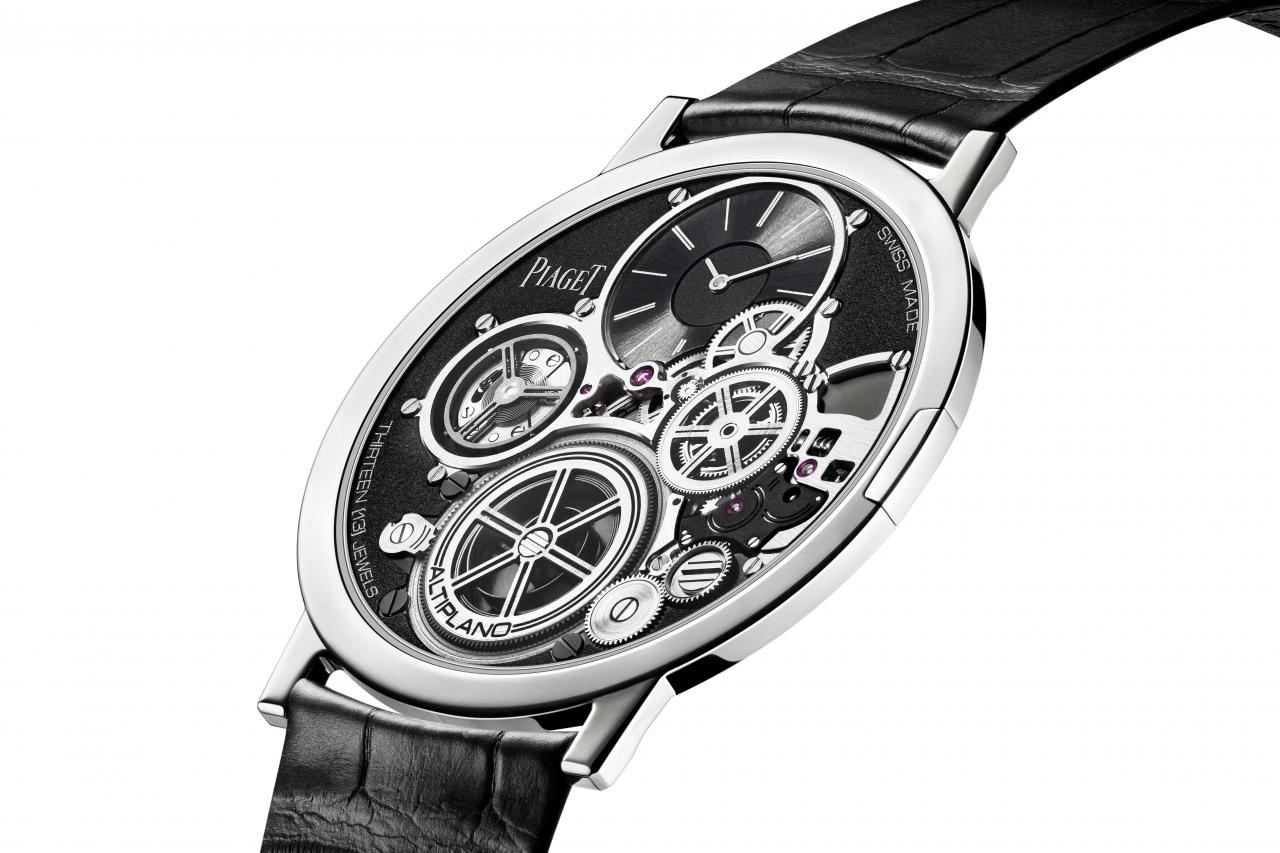
The Altiplano Ultimate Concept is Piaget’s answer to a ultra-thin watch. They did it before with Altiplano 900P at 3.65mm but this time, they achieved a ridiculous 2mm thickness. This is made possible by many innovative techniques. For one, the caseback now serves as the baseplate of the movement. Piaget also replaced the balance cock with ball bearing system which means the hairspring is now below the balance. A stud also regulates the balance instead of traditional swan’s neck. At this thin profile, how do Piaget ensure it won’t bend? Well, they said it’s made of a new alloy. The 0.1mm thick alligator leather strap is also reinforced with Kevlar so they really mean business. Read more here
1. A. Lange & Söhne Saxonia Triple Split
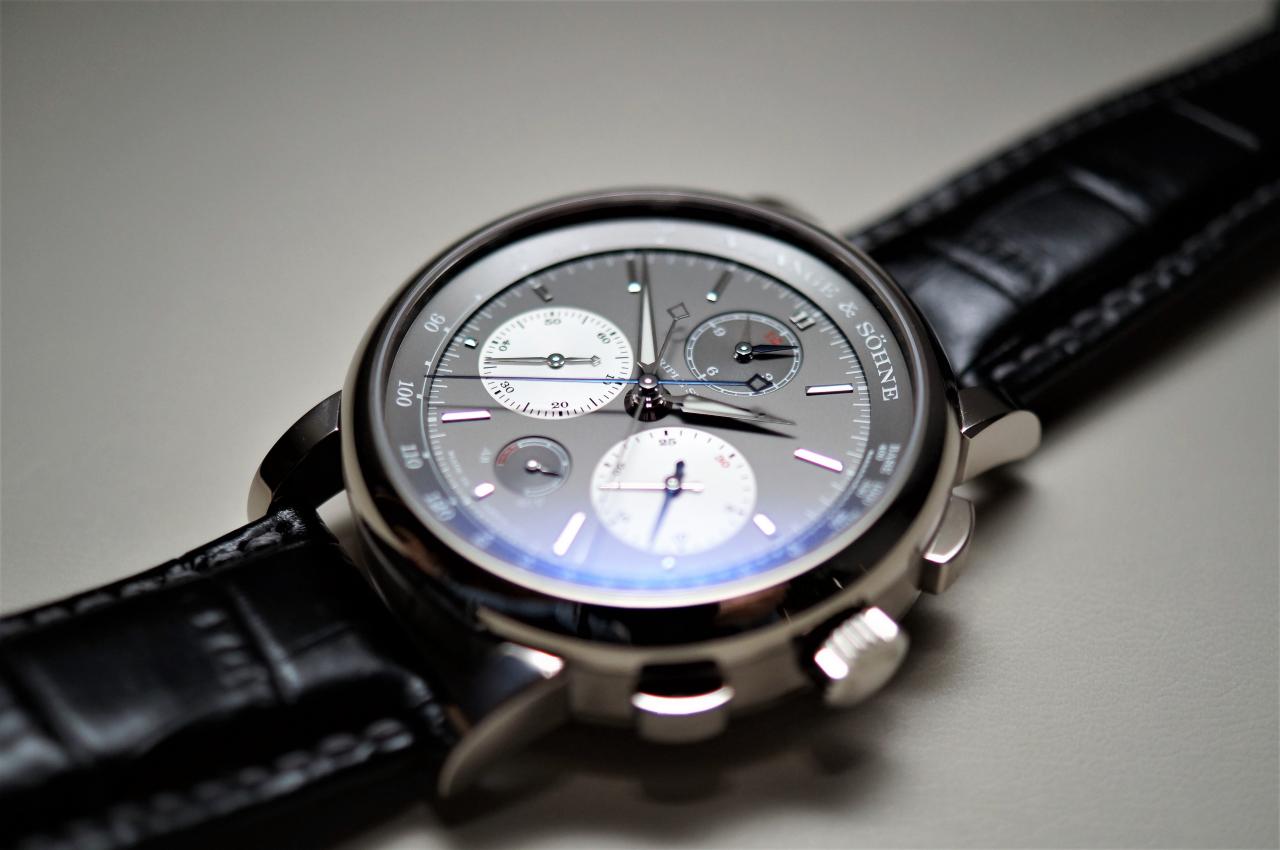
Topping our list is no other than A. Lange & Söhne Saxonia Triple Split. To understand the triple split function let’s take a look at a split-second watch. Basically, there are two running seconds hands wherein 1 can be stopped while the other keeps running. Then there’s the double split function where the minutes are also recorded. Now, for the triple split, it also records the hours. Now in reality, we may only use the running seconds but we’re not complaining at all, we simply like it. It’s a complicated watch that’s also a flyback, and more, there are only 100 pieces that goes for a whopping $147,000 each. Read more here

